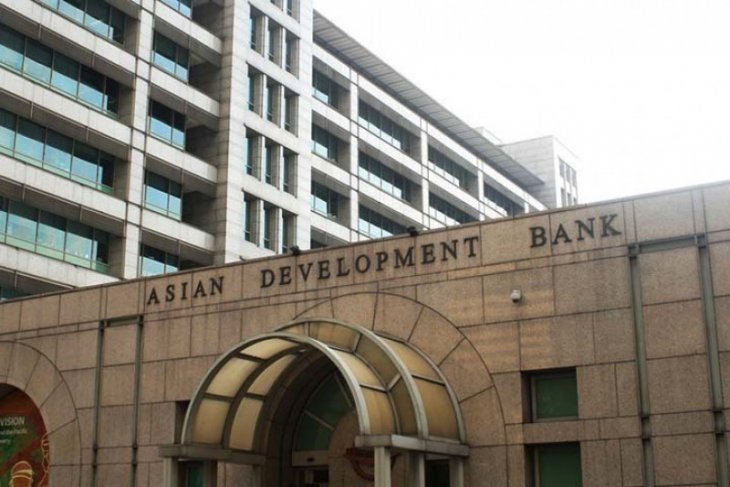KUALA LUMPUR, July 21 (Bernama) — The Asian Development Bank (ADB) has revised upwards its gross domestic product (GDP) growth forecast for Southeast Asia slightly to five per cent this year from an earlier projection of 4.9 per cent, and maintains the growth forecast of 5.2 per cent for 2023.
In its Asian Development Outlook supplement for July 2022, it said the consumption growth in all sub-regional economies rebounded strongly in the first five months of 2022 on the gradual lifting of COVID-19 mobility restrictions and the reopening of markets and borders.
“Manufacturing and services output is increasing in most economies, creating jobs and lifting household incomes.
“Still, Southeast Asia’s economies face the challenges of higher oil prices, the end of low global interest rates, and continuing trade and supply disruptions,” ADB said.
These factors have dimmed the outlook for some economies in 2022 and 2023, it said.
Elaborating further, it said smaller economies, in particular, are being more heavily affected by supply disruptions and inflation from higher oil prices.
Tourist arrivals are picking up, albeit very slowly. Indeed, economies in the sub-region with high vaccination rates have yet to see meaningful tourism revivals.
Weaker global growth may dampen Malaysia’s prospects
For Malaysia, the ADB said increased uncertainty and weaker global growth are dampening Malaysia’s prospects.
“Growth of five per cent in the first quarter of 2022 was underpinned by strong private consumption and increased government assistance through the Bantuan Keluarga Malaysia family assistance programme.
“But business confidence and the Purchasing Managers’ Index (PMI) continue to soften in step with weaker global prospects and supply disruptions from cities in China that were locked down to tackle COVID-19 outbreaks.”
The agriculture growth remained marginal in the first quarter due to adverse weather conditions and input cost shocks from the war in Ukraine.
Nevertheless, it said the tourism sector is making a slow recovery, adding that arrivals this year are expected to be only a third of the pre-pandemic level, despite the country reopening its borders to international visitors in April.
ADB however revised downwards its growth forecast to 5.8 per cent for 2022 and 5.1 per cent for 2023.
Rising Inflation
Southeast Asia’s inflation in 2022 is forecast to rise significantly from 3.7 per cent to 4.7 per cent. Inflation next year is revised up, from 3.1 per cent to 3.4 per cent. The higher rates for both years are due to rising energy and food prices and supply chain disruptions.
In Malaysia, lower headline inflation due to price controls and subsidies on oil and basic food products prompts a downward revision in 2022’s inflation forecast, from 3.0 per cent to 2.7 per cent.
The 2023 forecast is maintained at 2.5 per cent.
“Mounting inflationary pressures prompted central banks to start tightening monetary policy or accelerate its pace.
“The European Central Bank ended net asset purchases on July 1 and announced it intends to raise key policy rates by 25 basis points (bps) in late July.
“The United States (US) Federal Reserve (Fed), after raising the federal funds rate by 50 bps in May, hiked it again in June by 75 bps, its biggest increase since November 1994,” ADB said.
With inflation in the US hitting 9.1 per cent in June, the federal funds rate is expected to continue rising sharply from the current 1.50 per cent–1.75 per cent range to close to 4.00 per cent by the second quarter (Q2) of 2023.
Developing Asia follows suit
ADB said the monetary authorities in developing Asia are increasingly following suit, raising interest rates to counteract inflationary headwinds and reduce external pressures, even as growth remains below pre-pandemic trends in most economies in the region.
“Financial conditions have deteriorated in developing Asia on Fed tightening and Russia’s invasion of Ukraine. The strengthening US dollar has been reflected in currency depreciation and portfolio outflows in the region.
“Equity markets weakened further after the Fed raised its benchmark policy rate in March and May, and risk premiums for many economies in the region have widened this year.”
It said with the activity in China hampered by supply chain disruptions, domestic demand and exports in developing Asia are set to face significant challenges.
— NNN-BERNAMA






